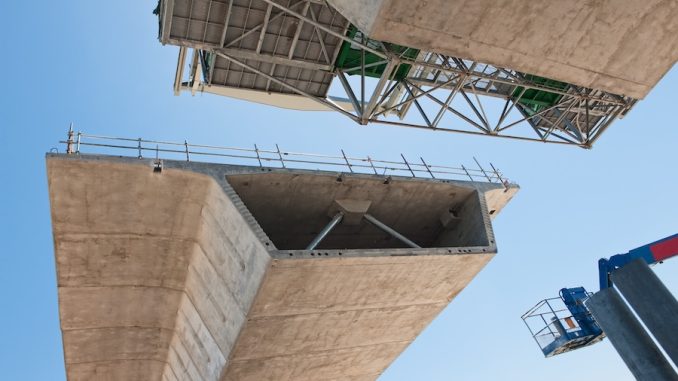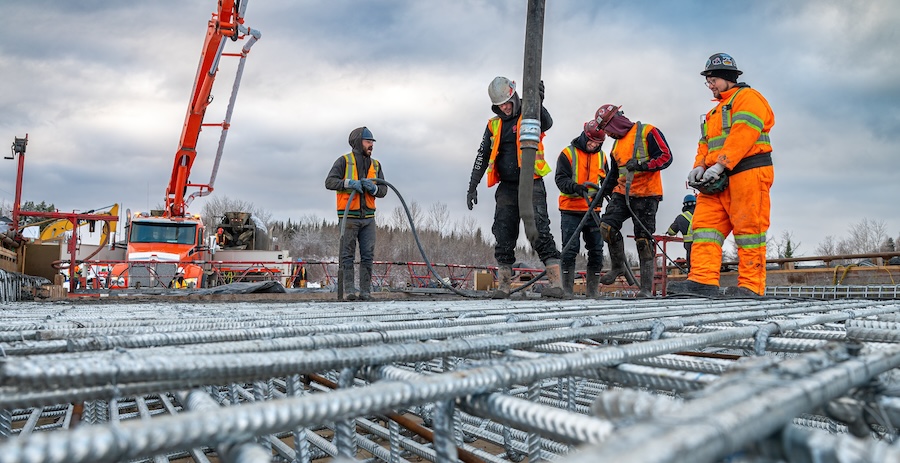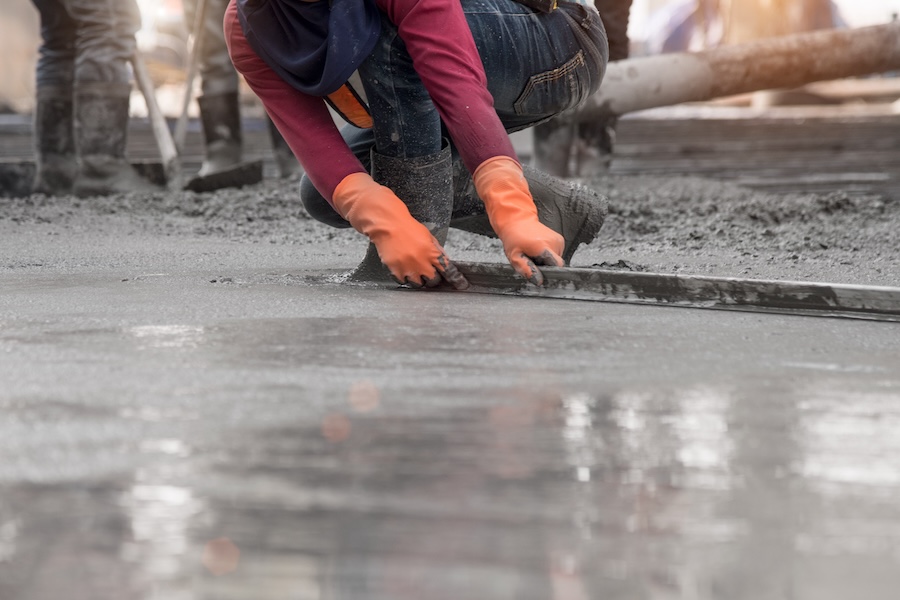
View the complete article here.
Concrete is more than just a staple in construction—it’s the backbone of modern infrastructure. This guide specifically addresses contractors who face new environmental and engineering challenges. The role of innovative concrete mixes is becoming increasingly crucial. These advanced formulations are designed to enhance performance, reduce environmental impacts, and revolutionize building techniques.
Types of Innovative Concrete Mixes
The primary types of innovative concrete mixes include HPC, SCC, and eco-friendly concrete.
High-Performance Concrete (HPC)
High-performance concrete (HPC) is engineered for exceptional strength and durability in demanding environments. Its composition allows it to withstand high loads, aggressive weather conditions, and prolonged wear—making it ideal for infrastructures like bridges and skyscrapers. Benefits of HPC include extended lifespan of structures and reduced maintenance costs due to its enhanced performance attributes.
Self-Compacting Concrete (SCC)
Self-compacting concrete (SCC) is designed to flow into complex forms and tight spaces without the need for mechanical vibration. This property makes SCC particularly useful in intricate architectural designs and heavily reinforced structures. It ensures uniform compaction and surface finish, thereby improving the structural integrity and aesthetic appeal.
Eco-Friendly Concrete
Advances in eco-friendly concrete focus on reducing the carbon footprint associated with traditional concrete production. Innovations include the use of recycled materials like fly ash or slag and the development of low-carbon cement alternatives. These sustainable concrete mixes not only help in curbing greenhouse emissions but also promote the reuse of industrial byproducts, aligning with global sustainability goals.

Advantages of Using Innovative Concrete Mixes
Innovative concrete mixes are revolutionizing the construction industry by significantly enhancing the durability, sustainability, and efficiency of building projects.
Improved Durability and Lifespan of Structures
Innovative concrete mixes are formulated to enhance the structural integrity and longevity of buildings and infrastructure. These mixes resist environmental stresses such as weathering, chemical attack, and physical wear—significantly extending the service life of construction projects.
Reduction in Maintenance Costs and Environmental Impact
Advanced concrete technologies reduce the need for frequent repairs and replacements, cutting down on maintenance costs. Additionally, many of these innovative mixes incorporate eco-friendly materials that minimize the environmental footprint of construction projects—contributing to more sustainable development practices.
Enhanced Workability and Time Efficiency on Construction Sites
These new concrete formulations are designed to be easier to work with, allowing for faster and more efficient construction. Self-compacting concretes, for example, reduce the need for manual labor and compaction equipment—speeding up project timelines and reducing labor costs. This efficiency is crucial in meeting the tight schedules of modern construction projects while maintaining high-quality standards.
Challenges and Considerations
While innovative concrete mixes bring significant advancements—they also present challenges such as higher costs, technical complexities in mixing and application, and stringent regulatory requirements.
Cost Implications Compared to Traditional Concrete
While innovative concrete mixes offer numerous benefits, they often come at a higher initial cost compared to traditional concrete. The use of special materials and technologies can drive up prices, which may be a deterrent for projects with tight budgets.
Technical Challenges in Mixing and Application
Innovative concretes require precise mixing and handling procedures to achieve their designed properties. Contractors and workers need to be trained in these new methods, which can involve a steep learning curve and potential for error during the initial phases of adoption.
Regulatory and Standards Compliance
Navigating the regulatory landscape can be challenging as standards may not always keep pace with new technological developments. Compliance with existing codes and achieving certifications for new concrete types can involve extensive testing and documentation, adding to project timelines and costs.

Conclusion
The advancement of concrete technology marks a pivotal shift in construction practices—offering enhanced durability, sustainability, and efficiency. These innovations not only respond to today’s environmental challenges but also pave the way for future developments. Contractors are encouraged to embrace these new concrete solutions, which promise not only to improve project outcomes but also to set new standards for the construction industry at large.
View the complete article here.
What are the types of innovative concrete mixes available today?
The primary types of innovative concrete mixes include High-Performance Concrete (HPC), Self-Compacting Concrete (SCC), and eco-friendly concrete.
What are the main advantages of using innovative concrete mixes?
Innovative concrete mixes improve the durability and lifespan of structures, reduce maintenance costs and environmental impact, and enhance workability and time efficiency on construction sites.













































